Dual Wrecks (1/2)
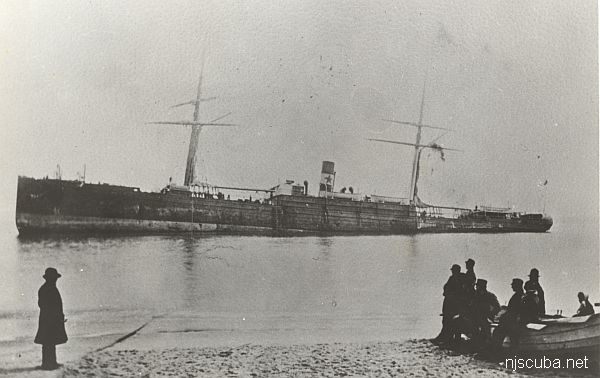
- Type:
- Adonis - shipwreck, wood-hulled bark
Rusland - shipwreck, iron-hulled steamer, England - Built:
- Adonis - 1853, Germany
Rusland - 1872, Scotland, as Kenilworth - Specs:
- Adonis - 550 tons, 12 crew
Rusland - ( 345 x 37 ft ) 2538 gross tons, ~200 passengers & crew - Depth:
- 25 ft
- Sunk:
- Adonis - Tuesday March 8, 1859 - ran aground in bad weather, no casualties
Rusland - Saturday March 17, 1877 - ran aground in bad weather, no casualties
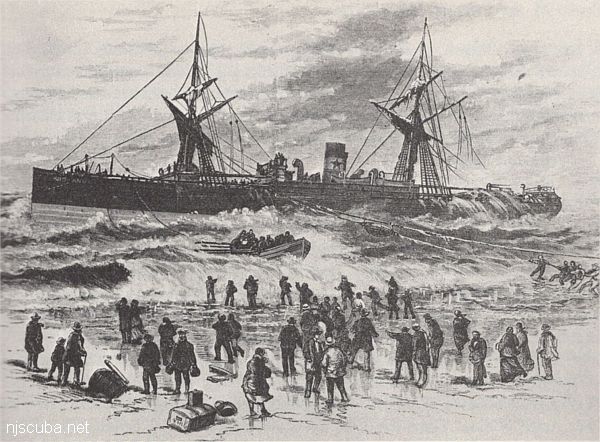

The "Dual Wrecks" consists of a low debris field of interlocking wreckage, millstones, and ballast stones, no longer accessible from shore.
The Rusland might have been pulled off the beach and saved, had it not run aground directly atop the old wreck of the little Adonis and become impaled on her cargo of large millstones. The Rusland now lies along the beach, with the smaller Adonis perpendicular to it. The French steamer L'Amerique went aground in the same storm nearby but was successfully gotten off the beach.
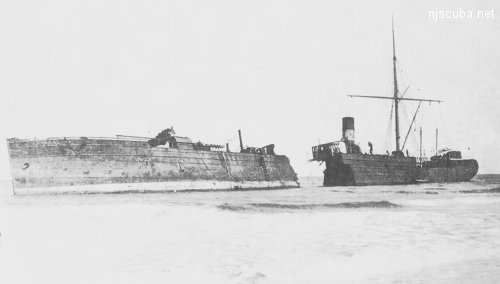
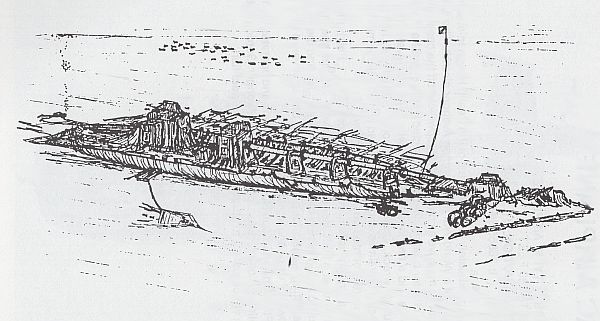
This wreck site is easily within reach from the beach. However, that section of the beach can only be accessed through a Catholic Retreat located there. The retreat used to allow divers, but some people abused the privilege ( loud partying on the beach, beer bottles and trash strewn around, ) and now it is off-limits. It is a long walk around and over several jetties to get there any other way, pretty much impossible with a full load of gear. Too bad.

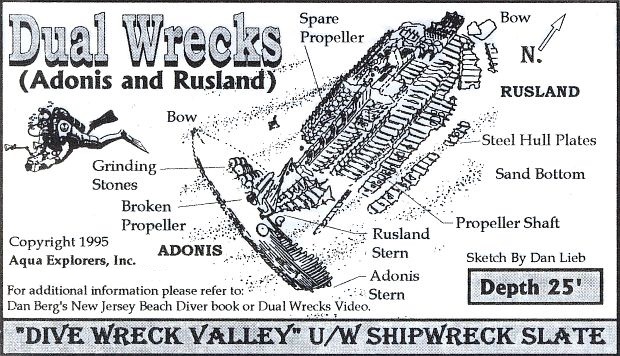
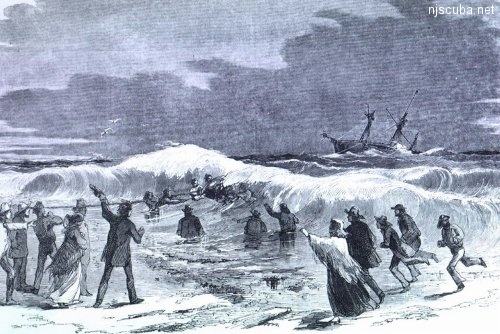

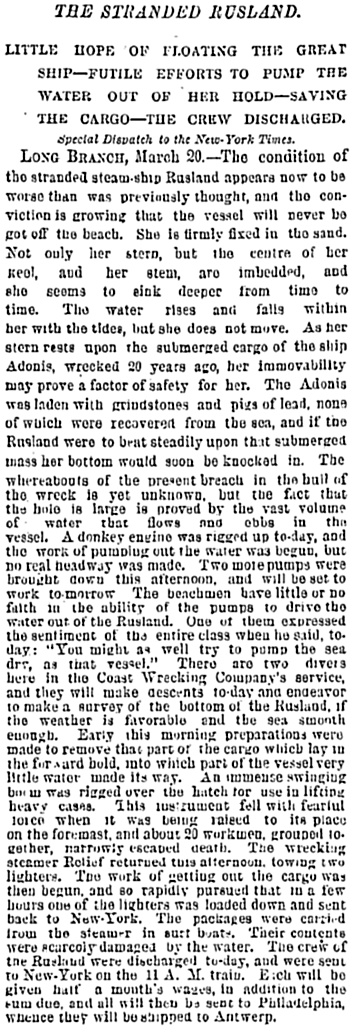
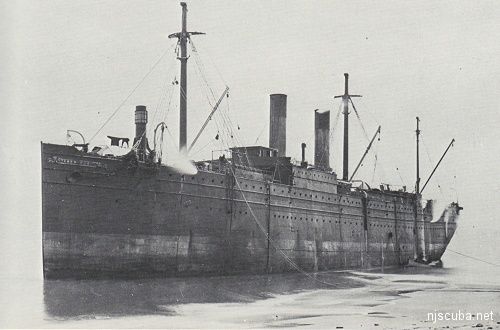
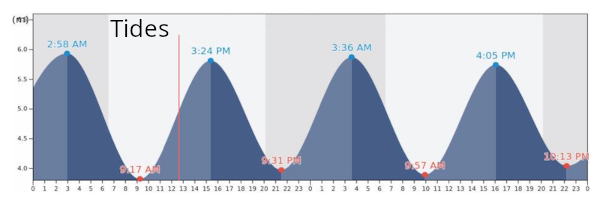

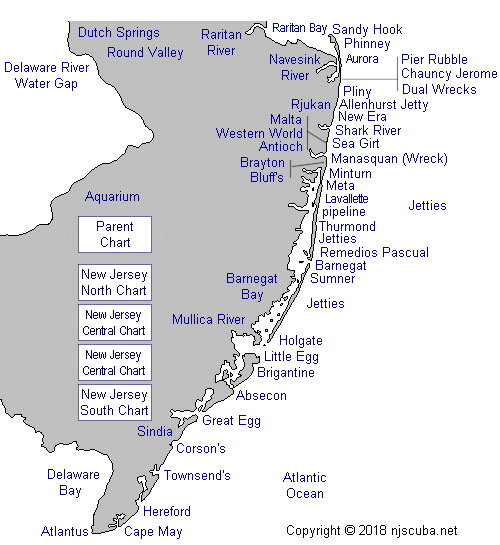
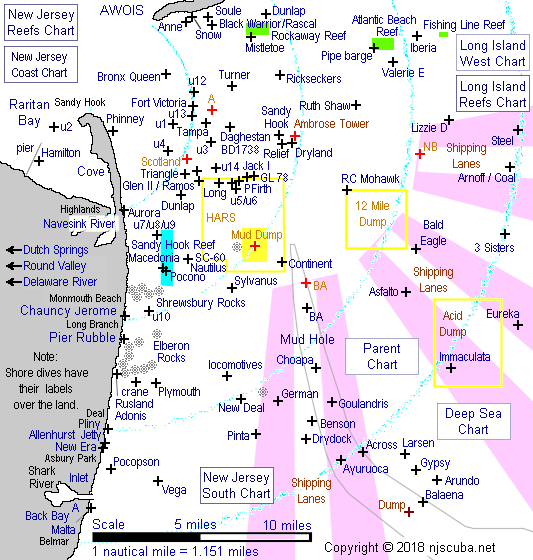
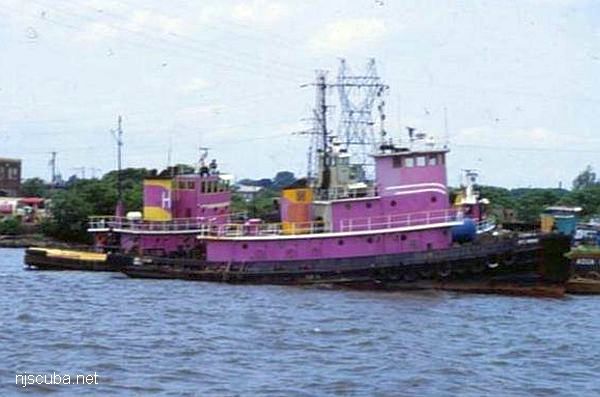
Questions or Inquiries?
Just want to say Hello? Sign the .